Bats have long been associated with Halloween. They are, of course, nocturnal creatures. They leave their daytime roosts when the sun sets. Bram Stoker's 'Dracula' suggests that vampires are able to morph into bats (a small number of bat species worldwide are blood feeders). A more natural association with Halloween is related to the bat life cycle. They can swarm in the months of September to November as they look for mates and increase food intake ahead of hibernation. Below is a local bat-related story featured in the 17 March 1868 Northern Warder. On this occasion, bats were coming to the end of their hibernation period at Balcruvie Castle - now known better as Pitcruvie Castle .
Moving forward in time to the 10 November 1943 Leven Mail (below) - a war-time Halloween party provided Polish visitors with a taste of some of the Scottish traditions associated with the celebration - including a bit of a dunking in water it would seem!
Happy Halloween!
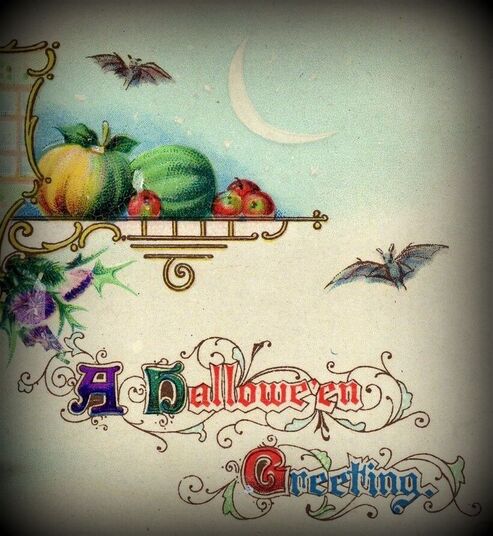
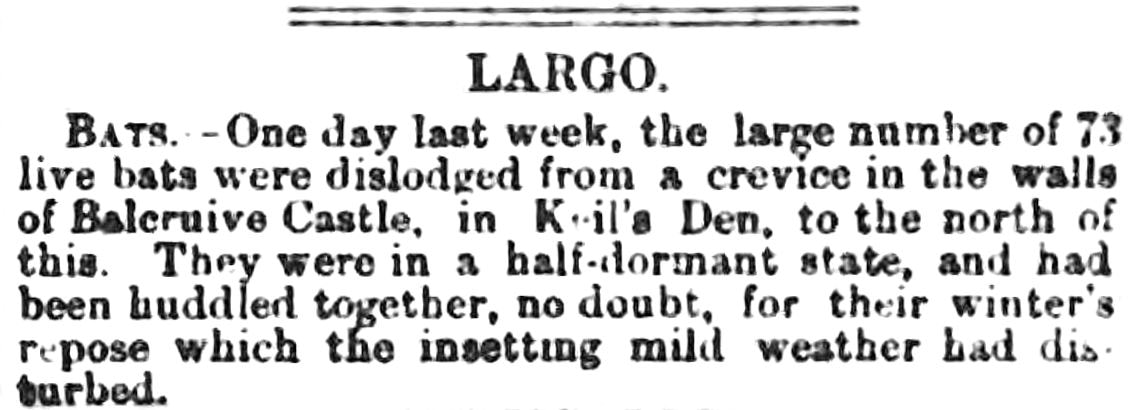
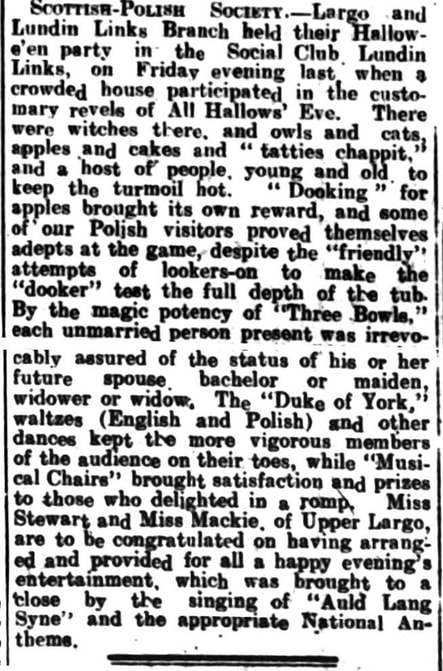
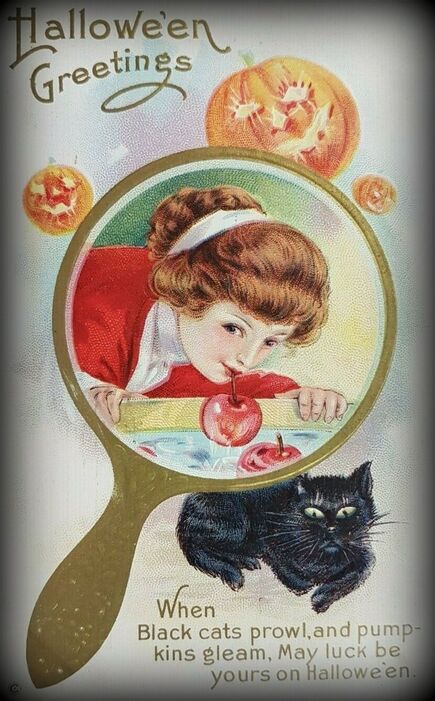
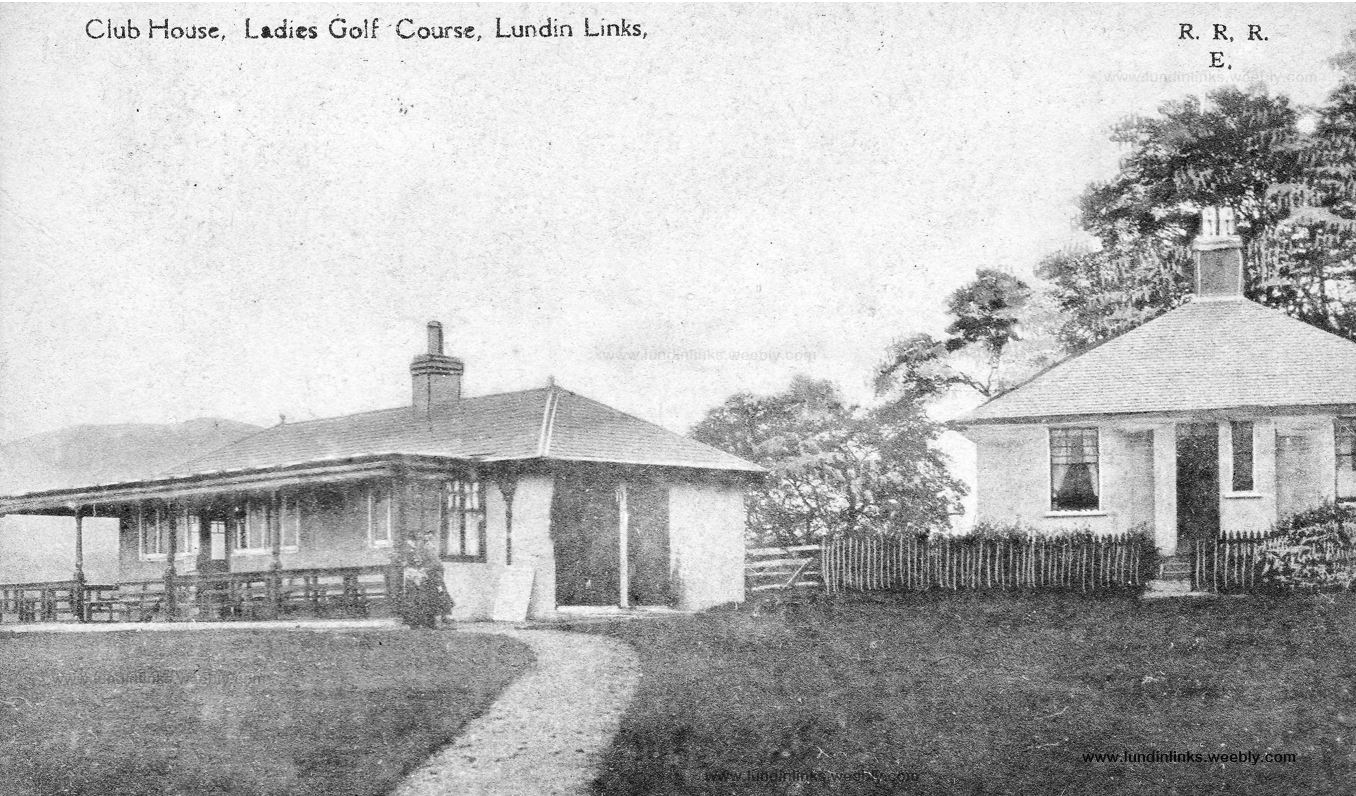
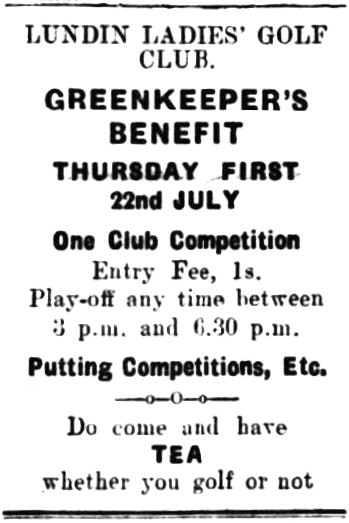

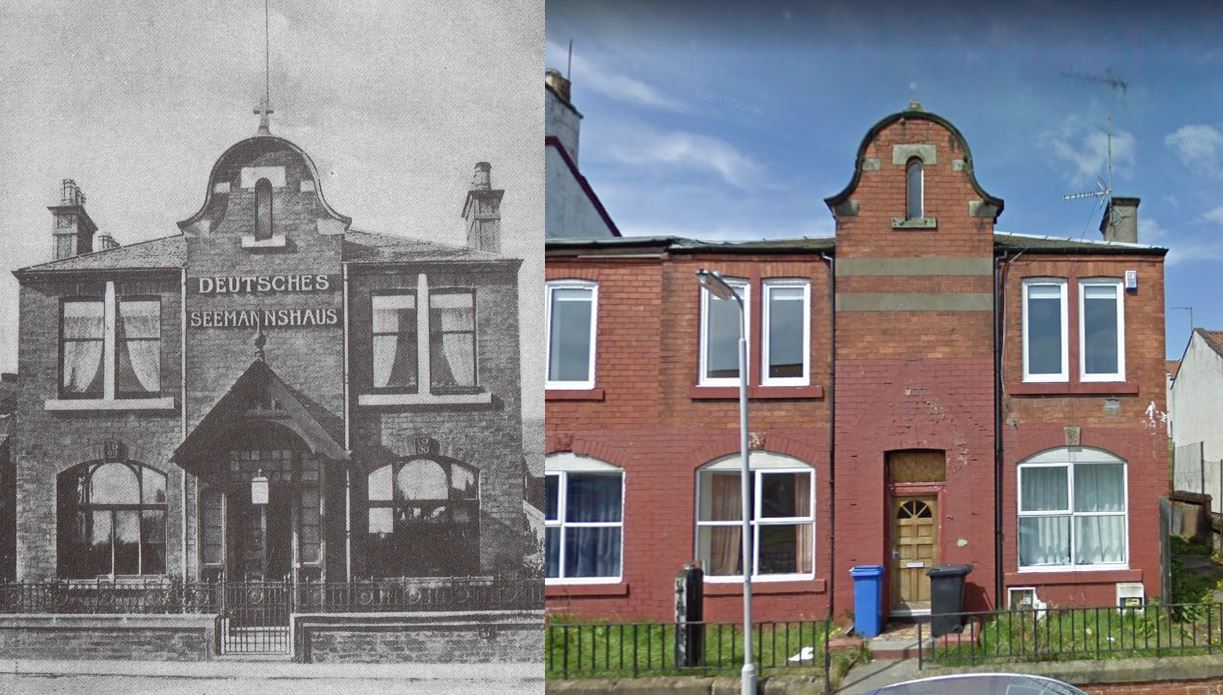
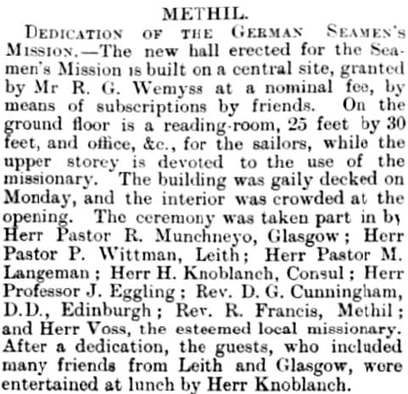
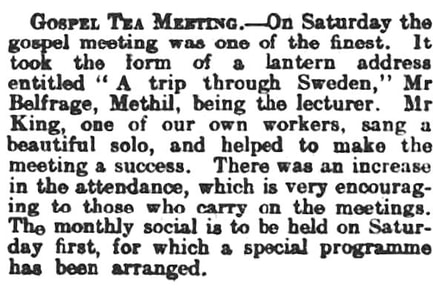

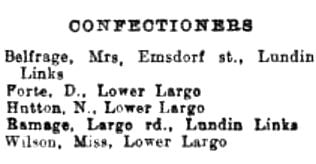
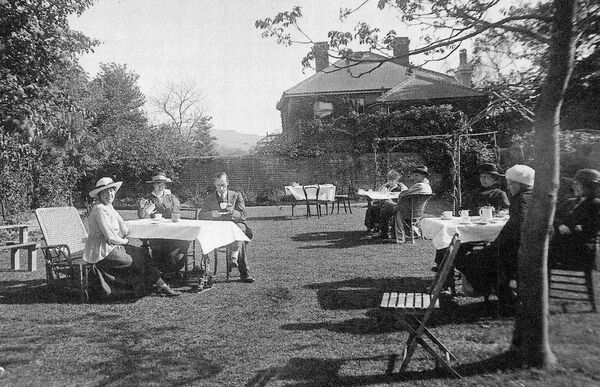

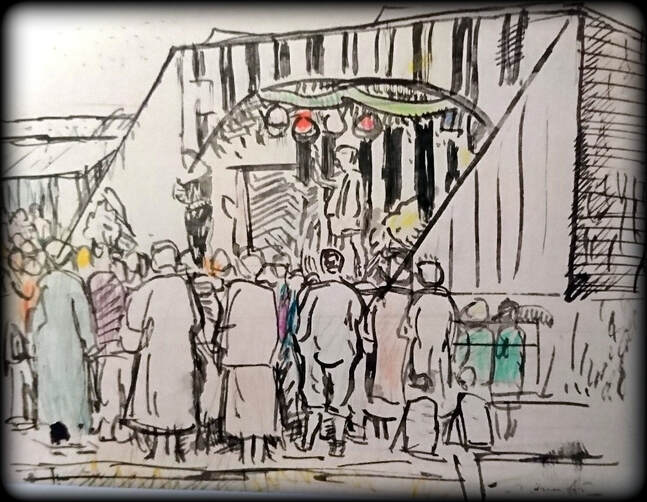
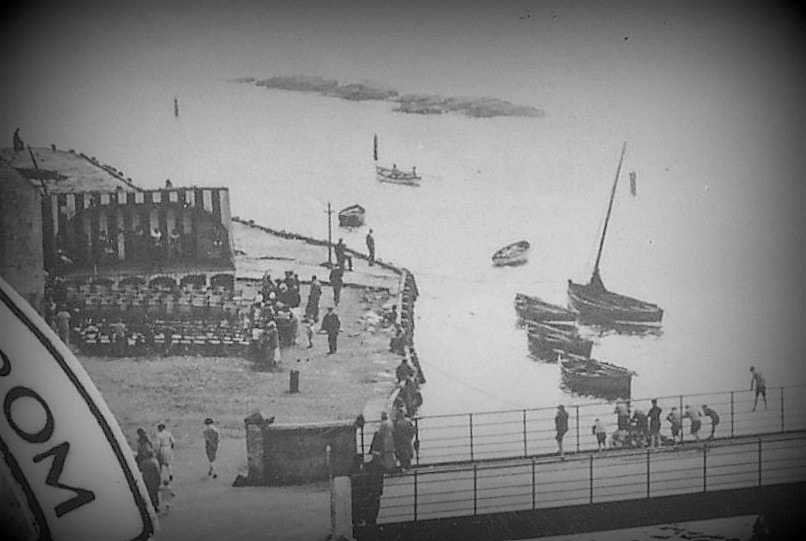
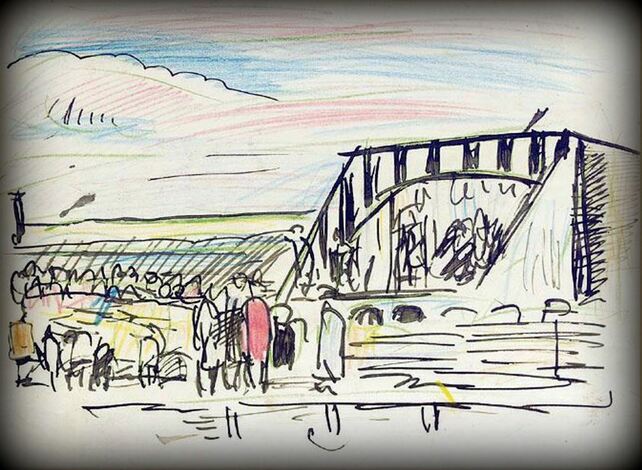
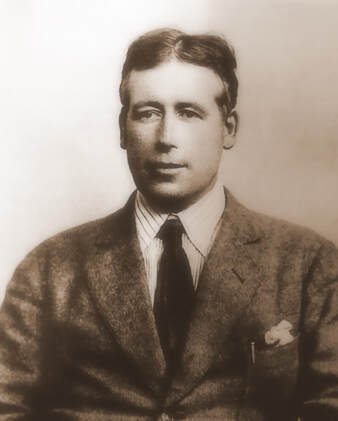
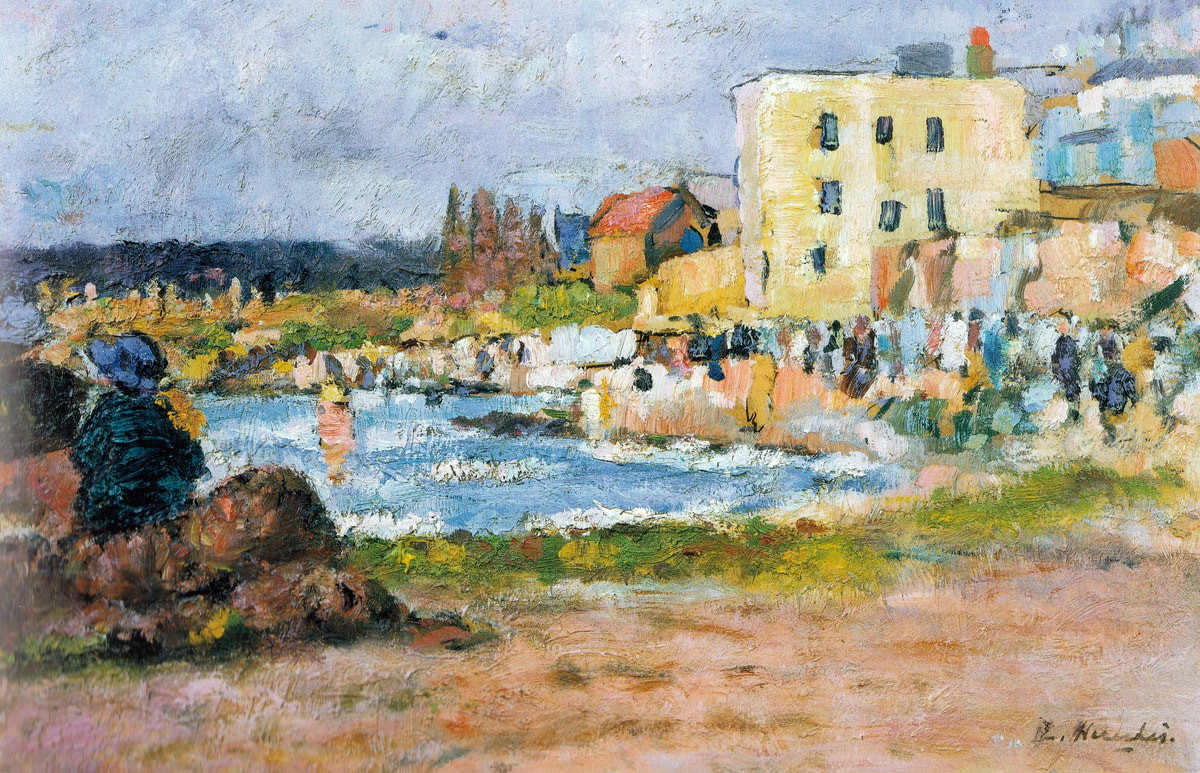
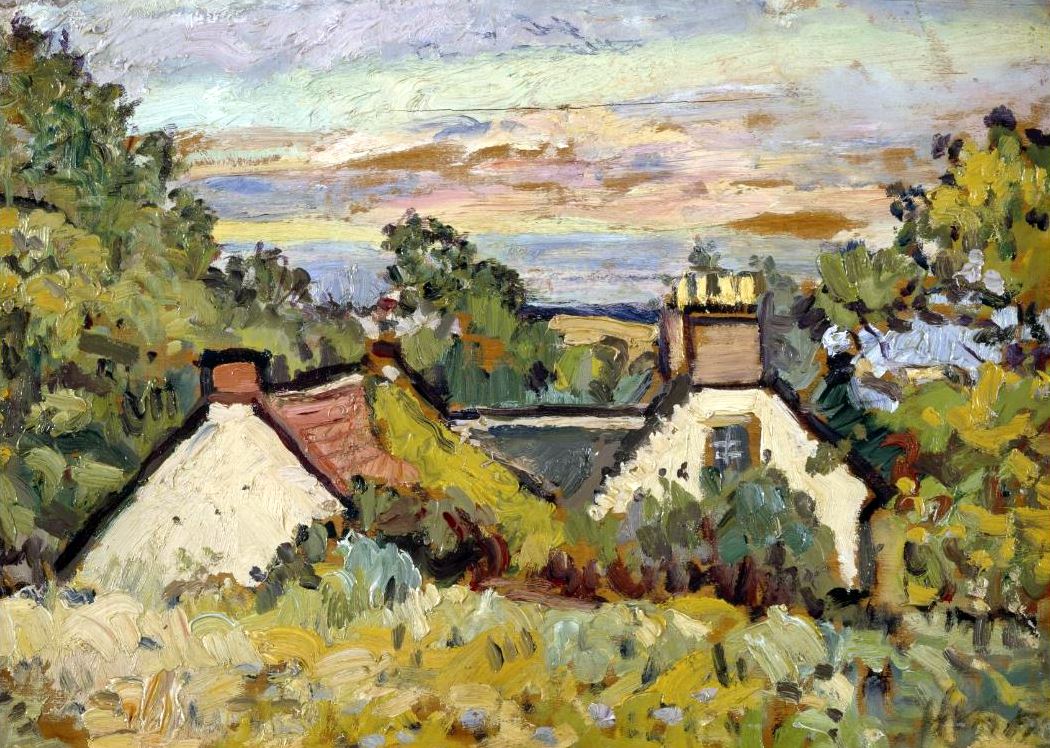
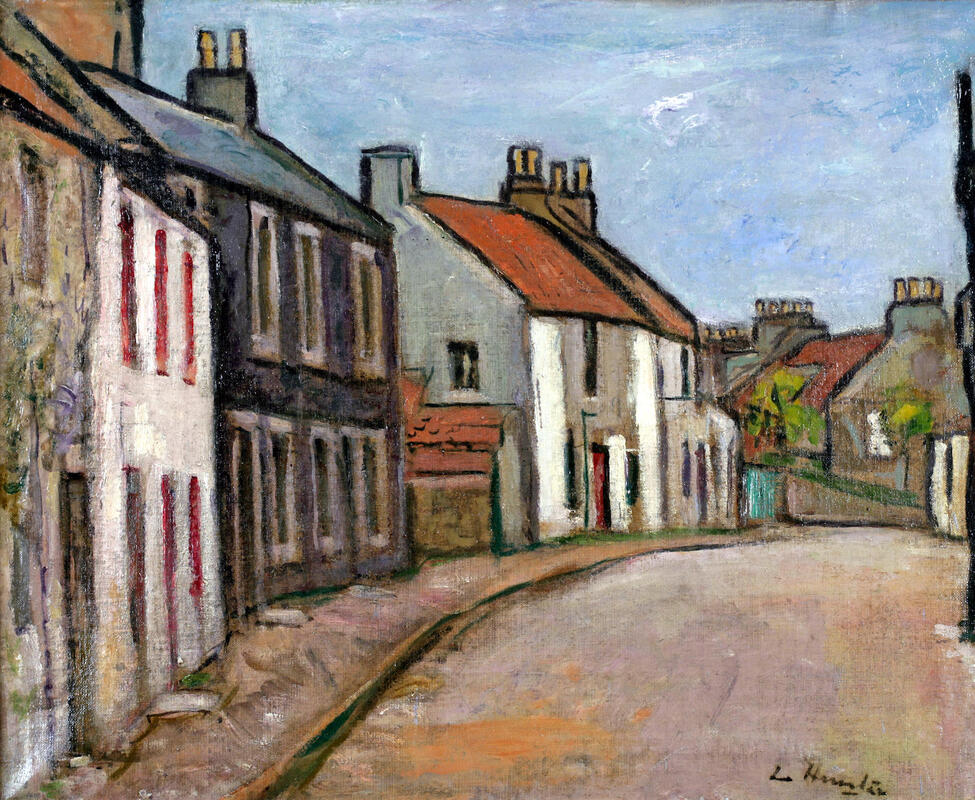
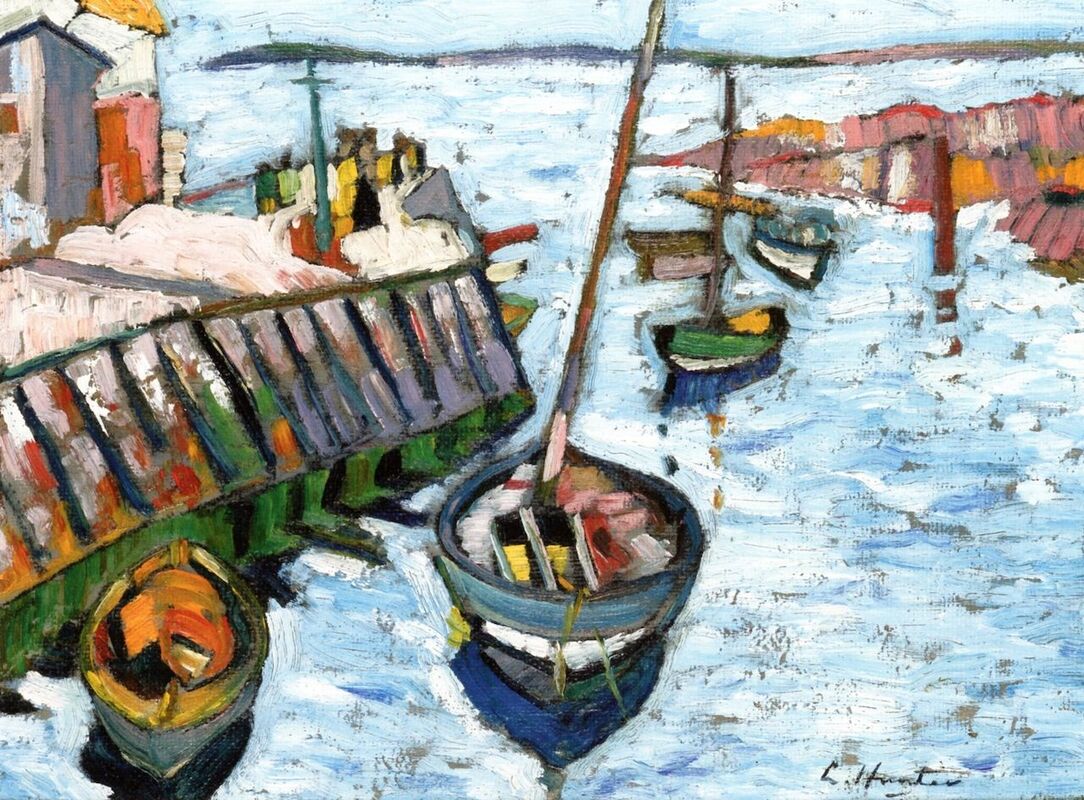
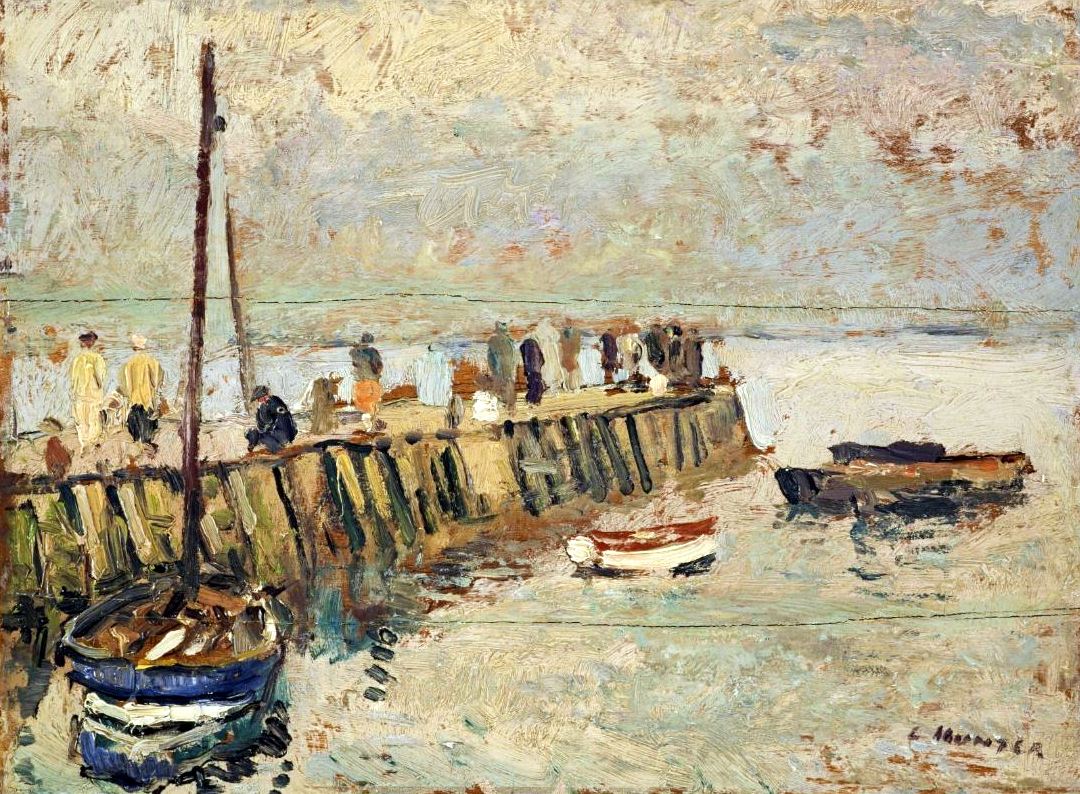
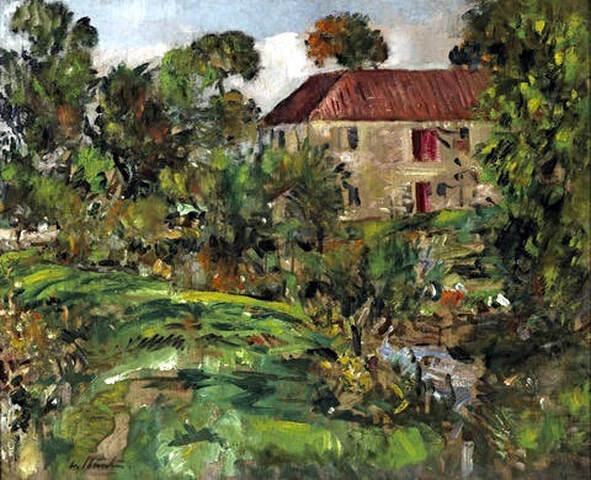

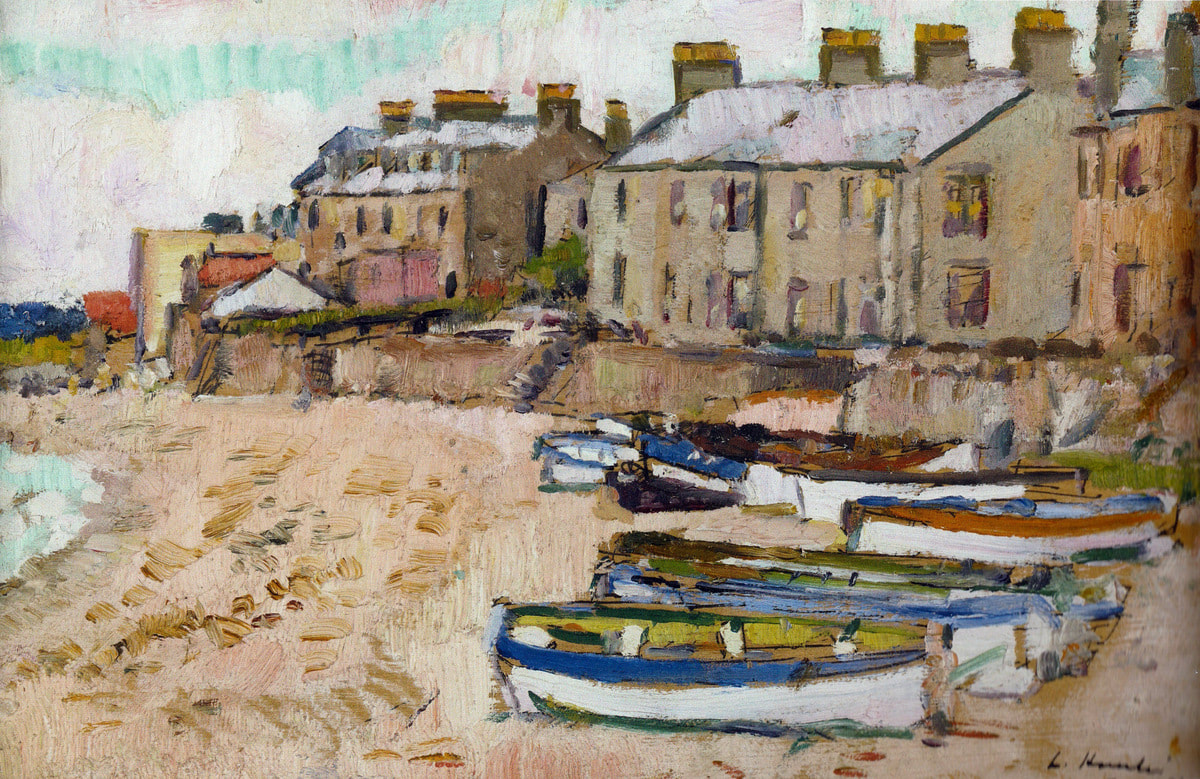
 RSS Feed
RSS Feed
